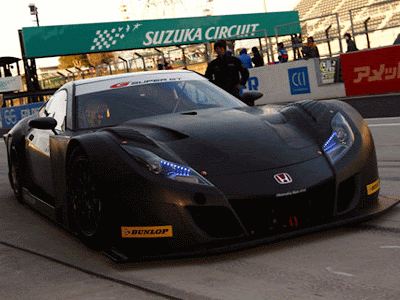 A 2.4-liter four-cylinder engine with 158 horsepower and commendable fuel economy is the standard engine in all except the hybrid, which has a modified version of that unit allied with an electric motor in Toyota's full-hybrid Hybrid Synergy Drive system. The 187 maximum system horsepower slots between the standard four and the 3.5-liter, 268-horsepower V6 optional for the LE, SE, and XLE.
A 2.4-liter four-cylinder engine with 158 horsepower and commendable fuel economy is the standard engine in all except the hybrid, which has a modified version of that unit allied with an electric motor in Toyota's full-hybrid Hybrid Synergy Drive system. The 187 maximum system horsepower slots between the standard four and the 3.5-liter, 268-horsepower V6 optional for the LE, SE, and XLE.The Camry Hybrid's powertrain gives it good performance for everyday use. Acceleration for merging into traffic is never inadequate, thanks to the strong and instant torque boost available from the electric motor, and magnetic drag from regenerative braking helps slow the car under deceleration. As in other Toyota (and Lexus) hybrids, the Camry Hybrid's engine is an Atkinson cycle unit, meaning that internal modifications are made to improve efficiency, at the expense of maximum power output. Compare its 147 horsepower (at 6000 rpm) and 138 lb-ft of torque (at 4400 rpm) with the similarly-sized regular Camry four-cylinder's 158 hp and 161 lb-ft. But the decreased power is made moot by assistance from the electric motor, with a maximum output of 105 kW (141 hp) and 199 lb-ft of torque.
That torque is from 0 through 1500 rpm - as soon as the motor kicks in. Output from the engine and motor is sent to the front wheels through a complex electronically-controlled continuously-variable transmission, and it's hard to tell the power source without looking at the animated diagram on the dash. Engine noise is only noticeable under full-throttle acceleration, and under light throttle or in electric mode the Camry Hybrid is virtually silent. Further improvement in fuel economy comes from the engine automatically shutting off when the car comes to a stop, as at a light. It restarts when the brake is released or the accelerator is pressed.
© Source: theautochannel
We need your comments below >>











No comments:
Post a Comment